Threats

Direct Persecution
Direct persecution threatens species that are misunderstood and considered dangerous, like the Western Rattlesnake, and the similar-looking Great Basin Gophersnake. These reptiles play an important role in controlling insect and rodent populations, and all species at risk are protected under the federal Species at Risk Act (SARA) and British Columbia’s Wildlife Act, making it illegal to kill, harm, or capture them.
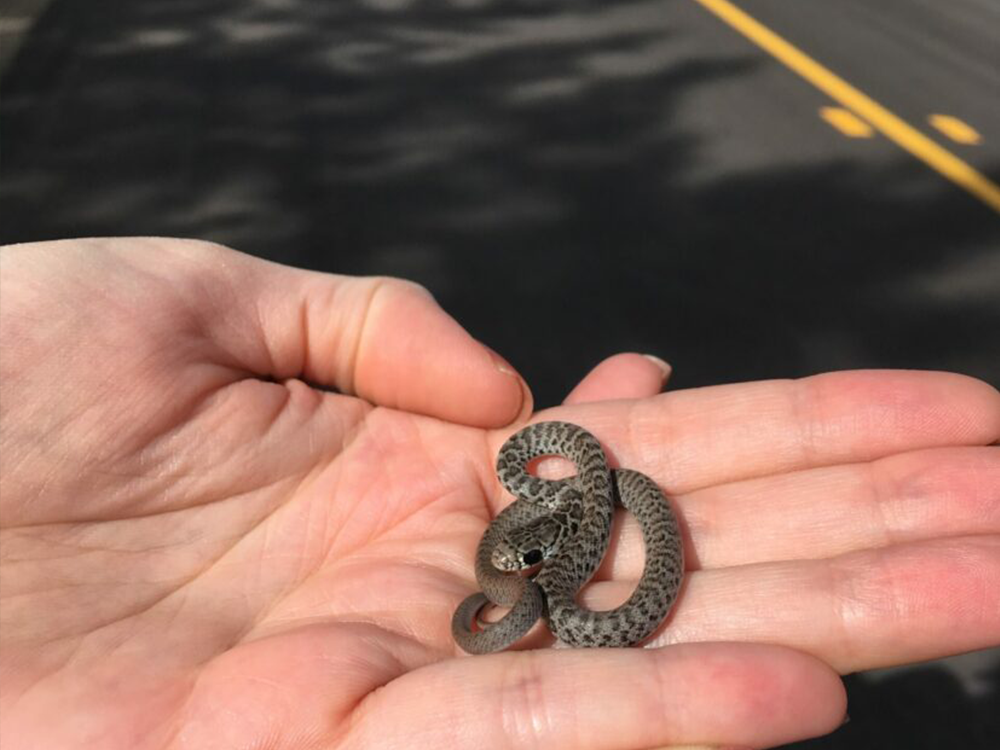
Road Mortality
Road mortality is the primary threat to many of B.C.’s reptile species. Reptiles and amphibians are especially vulnerable to road mortality because they can be difficult to see, are slow-moving, often freeze in response to passing cars, and are intentionally run over by some people. Turtles are also attracted to gravel shoulders for nesting, while snakes use both road-edge habitats and road surfaces for thermoregulation. Road mortality can also be extremely high during periods of mass migration when reptiles and amphibians are moving between their overwintering and breeding habitats.

Habitat Loss & Fragmentation
One of the greatest threats to herpetofauna in B.C., and most other wildlife across the world, is habitat loss and fragmentation. This is most often a result of urban development, agriculture, and forestry. Areas of high reptile and amphibian diversity are often at greater risk because the habitats (e.g. shorelines, mountain valleys, south-facing slopes) preferred by these animals are also in high demand for development.
Disease
Emerging infectious diseases have become a major threat to amphibians and reptiles in the new millennium. These include Snake Fungal Disease, Chytrid Fungus, Salamander Chytrid Fungus, and ranaviruses. You can read more about these diseases and their effects by clicking the button below.

Credit: Rachel Dillon
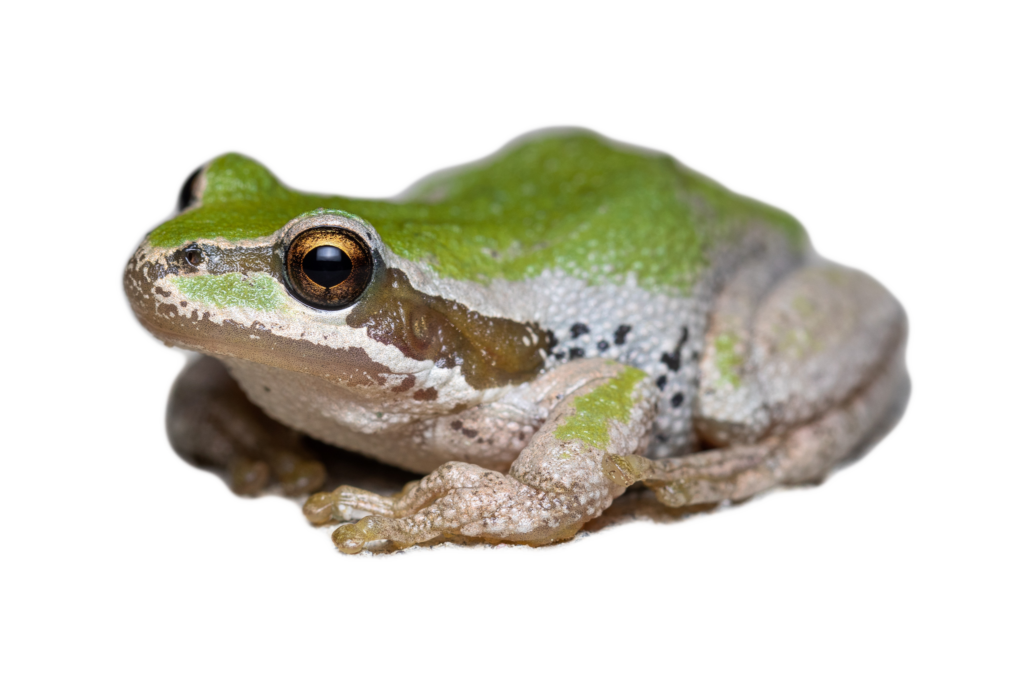
Pollution
A wide range of environmental contaminants (e.g. road salt, fertilizers, dioxin, PCB, pesticides, and herbicides) pose threats to reptiles and amphibians. Amphibian life cycles that straddle both aquatic and terrestrial habitats make them particularly vulnerable, along with their highly permeable skin. Exposure to toxins have both acute and chronic effects that can also make amphibians more vulnerable to parasites and opportunistic diseases such as chytrid fungus and ranaviruses.
Climate Change
Reptiles and amphibians are vulnerable to the effects of climate change due to their strong dependency on environmental conditions and sensitivity to changes in weather, temperature, and moisture regimens. Climate change can also affect phenology (the timing of annual life-history events), and it is possible that warmer summer temperatures may severely skew the sex ratio in some turtle species with temperature-dependent sex determination.

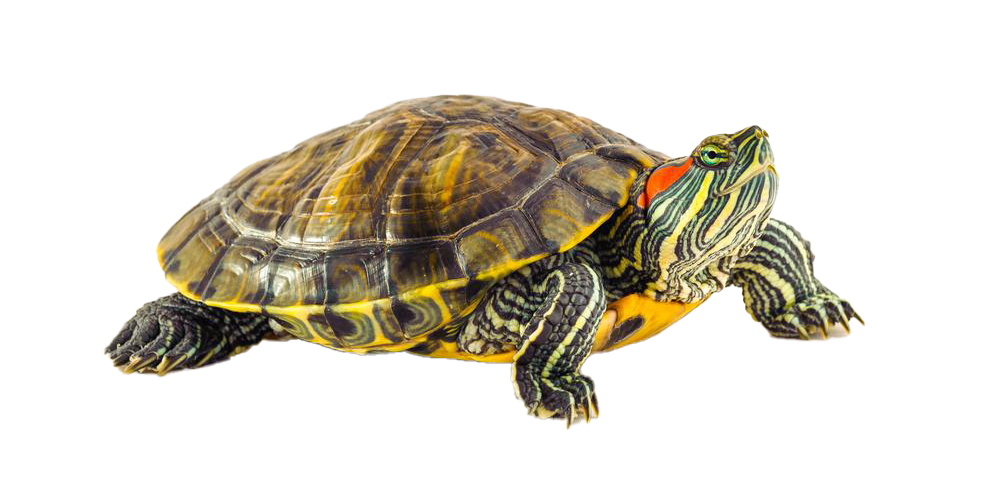
Invasive Species
Invasive species can be harmful to native reptile and amphibian species in a number of ways including out-competing them for habitat and food resources, predating upon them, or modifying their habitat. In B.C., the American Bullfrog, Green Frog, European Wall Lizard, Red-eared Slider (pictured left) are all examples of this. You can read more about these invasive species and their impacts by clicking the button below.
Management & Conservation
There are many ways scientists and community science members are helping reptiles and amphibians cope with these threats. Click below to access our resource page to learn more about conservation research.
Community Science page to learn more ways you can help reptiles and amphibians in your community!
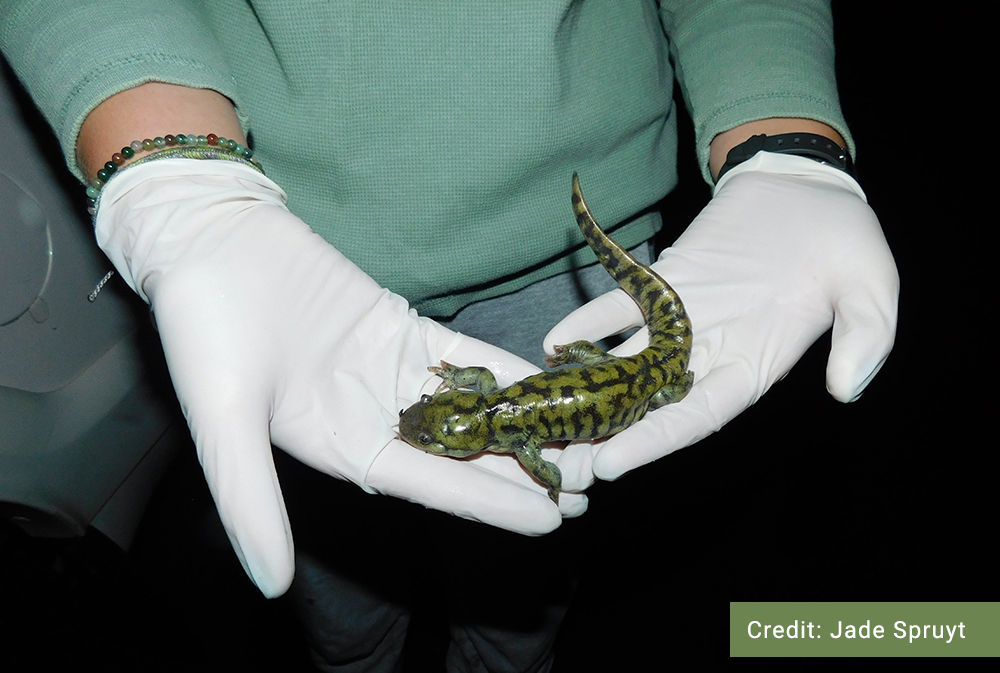
Western Tiger Salamander
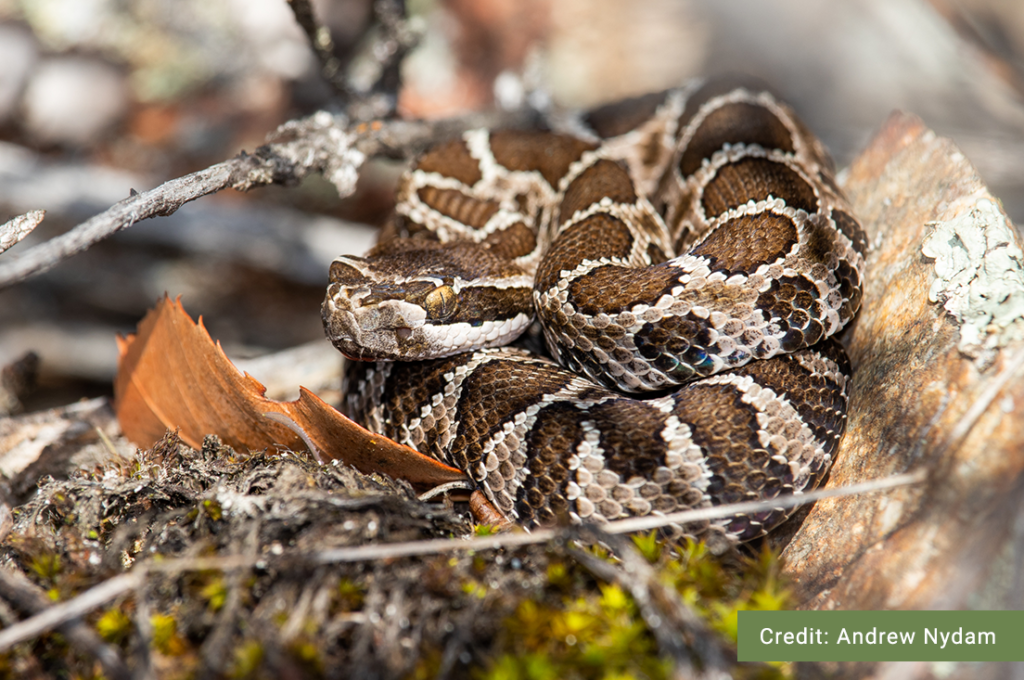




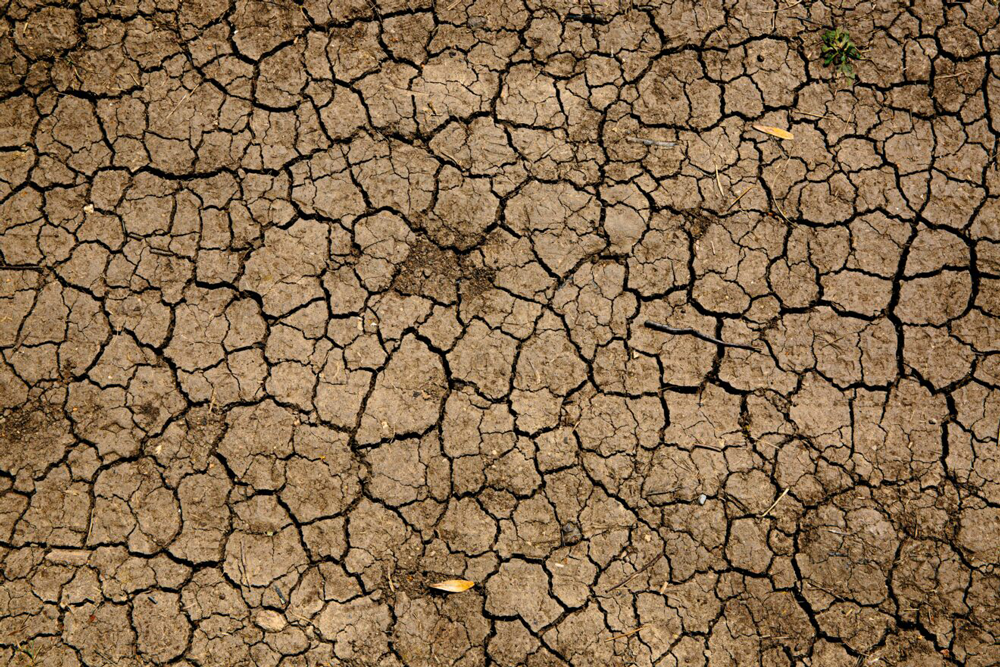


There are many ways scientists and community science members are helping reptiles and amphibians cope with these threats. Click below to access our resource page to learn more about conservation research. You can also visit our Community Science page to learn more ways you can help reptiles and amphibians in your community!
